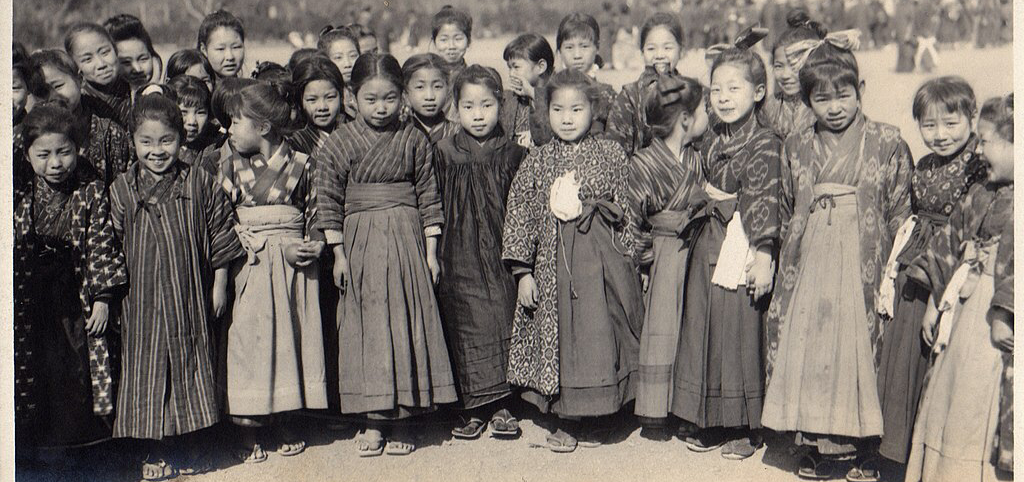I’ve been spending a lot of time reading texts related to Sutejo. Since she became a very active and serious nun after her husband died, most of it is full of Buddhist terms I don’t understand well at all.
Anyway, here’s a verse:
it’s made the the leaves drop
from moon’s sweet-olive tree —
winter rains
tsuki no katsura fuyugaresasuru shigure kana
月のかつら冬がれさする時雨かな
While katsura is typically translated as “cassia” (Cinnamomum cassia), the tree on the moon is what they call in the American South “sweet-olive,” otherwise known as osmanthus (Osmanthus fragrans), an evergreen plant which blooms in the autumn with a distinctive, heady scent. It’s associated with the legend of Wu Gang 吳剛, whose arrogance was punished by setting him the task of chopping down the sweet-olive tree on the moon. Sadly for Wu Gang, the tree there is self-repairing, so whenever he finishes, he has to start all over again.

In Sutejo’s verse, the speaker conjectures that the clouds of winter’s intermittent rain (shigure) now covering the moon have surely also caused the tree to lose its leaves. This comes from a belief that shigure caused leaves to change color.
Print by Yoshitoshi, late 19th c. Public domain.
